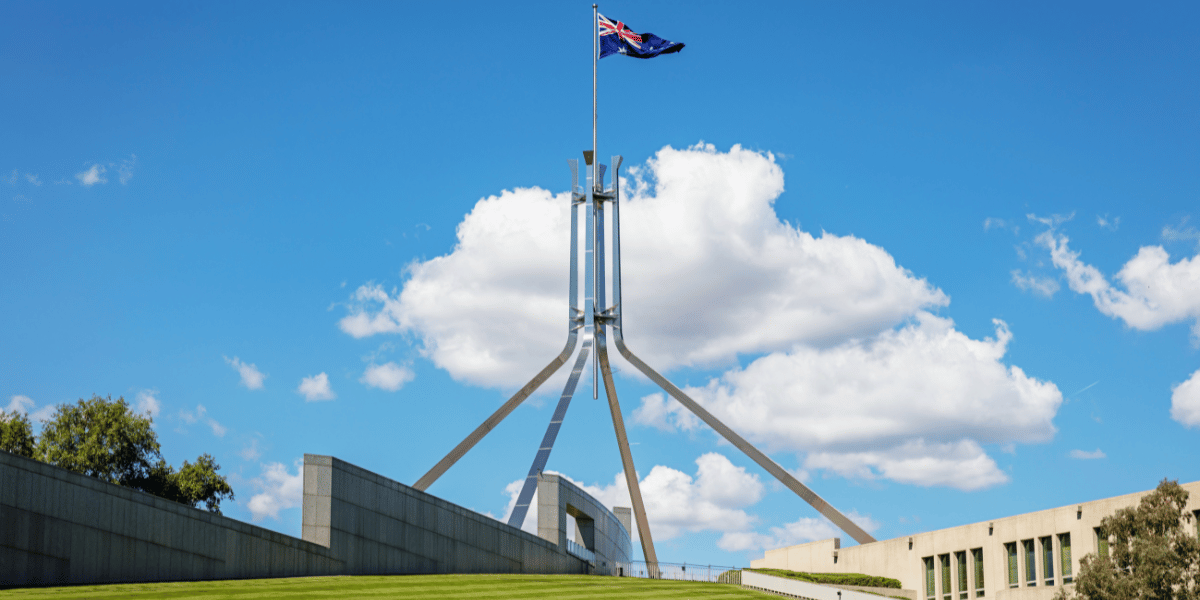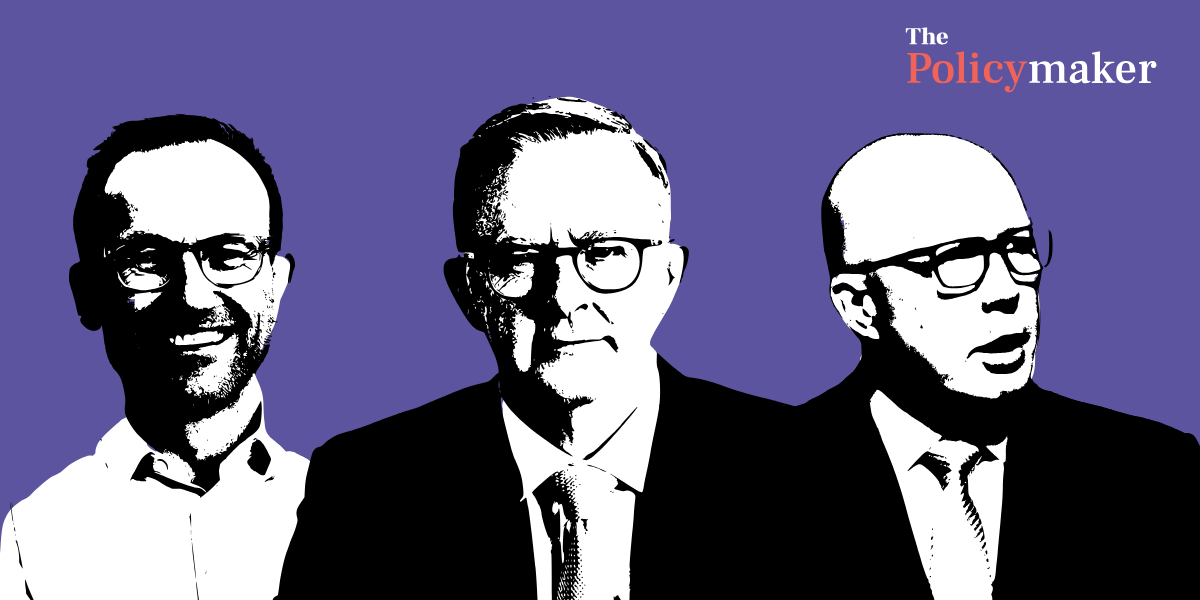Australian universities contribute to the public good. But we need to be more ambitious about realising their potential. It’s time to remedy and reimagine our research system.
It’s an auspicious time for the Australian higher education sector. A new government and a new minister are in place. A review of the Australian Research Council’s (ARC) legislative framework and operations is underway. A working group is looking at the future of our research assessment exercise (full disclosure: I am on that working group). And finally, a new university “accord” is being developed, led by the Commonwealth, that promises to build consensus on key issues facing the sector. It is potentially a once-in-a-generation opportunity to reset some of the fundamental aspects of our higher education system and develop a nation-building, bipartisan vision for Australia’s universities.
At the same time, we are seeing extraordinary new investments in research and development (R&D) globally. The United States announced the largest new investment in research in its history earlier this year—the “CHIPS and Science Act”—worth over $400 billion (AUD) in new funding, including doubling the budget of the National Science Foundation, and, remarkably, with considerable bipartisan support despite a deeply divided Congress.
Given the scale and urgency of the challenges facing Australia and the world today, we will need more high-quality basic research, more multidisciplinary research, and better collaboration between universities, industry, communities, and government. We will also need more highly-skilled graduates able to move between these components of our research system.
Can Australia rise to the challenge?
The challenge is that the way research is supported in Australia is broken. What isn’t in question is the quality of research we produce. Our researchers are among the best in the world however you measure it. And we produce research at scale—with only 0.3 per cent of the global population, we produce 4 per cent of the world’s published research.
Our research-intensive universities are consistently ranked among the top 100 in the world in the research-heavy global rankings. And as we saw during the pandemic, investment in high-quality basic and applied research delivered life-saving benefits. Our clinicians, clinician-researchers, biomedical researchers, social scientists, and others drew on years of training and research to tackle the public health crisis.
But we need to confront the realities facing our research system.
Funding is stagnant, falling in real terms. Working conditions for younger researchers—the lifeblood of our research eco-system—are deteriorating. Many are choosing to leave, given precarious employment and a lack of a clear future. Australia is disinvesting in basic research, which is the cornerstone for all future downstream benefits from research.
Our research funding processes have become politicised, overly bureaucratic, and with punitively low success rates, demoralising many researchers, but also tying up precious resources in exasperating machinations.
The numbers speak for themselves. Based on OECD figures, Australia currently invests only 1.79 per cent of its GDP in R&D. That is well below the OECD average of 2.67 per cent. But more importantly, it is even further behind some of our main competitors, as well as countries we like to compare ourselves with: Germany (3.13 per cent), Japan (3.27 per cent), US (3.45 per cent), South Korea (4.81 per cent), and Israel (5.43 per cent).
That is gross domestic spending on R&D, including private investment. So, it’s not only government that has under-invested, but also Australian companies. Business investment in R&D in Australia is woeful—less than 1 per cent of GDP.
Government higher education expenditure on R&D in Australia is around $12 billion annually. But only about 30 per cent of that is made up of government grants through the National Competitive Research Grants and Research Block Grant funding for the indirect costs of research. Funding for the ARC and the National Health and Medical Research Council (NHMRC) is declining in real terms. Universities cover more than 50 per cent of their spending on R&D from their own funds. Even with recent reforms, the government spends more on the R&D tax credit (about $2.9 billion) than it does on the ARC and NHMRC combined, with considerably less rigorous assessment of value for money. And there is no national interest test for R&D tax claims.
Universities also carry out more than 90 per cent of all basic research, as well as almost half of all applied research. Industry performs less than 40 per cent of all applied research. New funding through the Medical Research Future Fund (MRFF) and the Morrison Government’s commercialisation initiative is welcome, but focused mainly on applied research. The indirect costs of research meant to be supported through the block grant are now mainly carried by universities. At the University of Sydney, for example, we need to find an additional ~$1.50 for every $1 of research grants we receive from the ARC, NHMRC, MRFF and other schemes. This is undermining the long-term sustainability of research in Australia.
A new policy agenda
So, what needs to change? Here are five policy ideas.
First, we need to return to first principles and ask what we want our research system to be. What is research for? Who is it for? At its most basic level, we do research because we want to understand ourselves and the world around us. For universities, it is a critical part of our mission as truth-seeking institutions. But research is also valuable because in pursuing new knowledge and human understanding, we make discoveries that help our societies and economies develop. So, as a first principle, our R&D system should be seen as contributing to the public good. That deep purpose should inform the policy settings we create.
Second, we need to take a holistic approach to our research system. There are at least four distinct parts. First, the role that universities and public research institutions play, which is very much at the early stage of the system. This is where almost all basic research occurs, and where we train our research workforce. Next, are the small and medium enterprises (SMEs) that make up most of the Australian economy, as well as start-ups, who are innovating around products and services, but often struggle to capitalise their efforts and develop their businesses. Third are the larger corporate players, who have greater resources and are major employers of graduates, but who are failing to invest in R&D. Finally, there is the investment community, who support translation of new ideas into future products and services. Although venture capital in Australia is growing, it is still considerably smaller per capita than most of our competitors such as Singapore, US, Israel, Canada and France.
Our policy framework should address the different components of the research system. We should be investing to ensure our universities continue to do world class basic research, not forcing the ARC to become more commercially oriented. We also need to consider how we fund basic research more generally. This is the third aspect that needs to change. For the most part, we fund projects rather than people. And yet this is becoming increasingly unsustainable. The gap between what it costs to do the research and the funding available is growing, putting enormous pressure on university budgets and distorting the business model of our higher education system. Success rates for major funding schemes are punitive—in most cases well below 20 per cent. This is demoralising our researchers and means we are wasting resources given the research that goes unsupported.
We must shift the emphasis from projects to people to stem some of the current distortion in the system. This will mean difficult trade-offs, especially if funding remains stagnant—but that is unavoidable. We should provide more and longer funding periods for early career fellows (5-7 years). And we should be providing more funding, in general, for supporting people (and especially post-docs) in other programs, such as for centres of excellence, investigator grants (in the NHMRC), and laureate fellowships.
This will potentially mean reducing funding for projects in the ARC for example (which makes up 50 per cent of their allocation). We should also be providing more support for building networks (including international collaborations) across disciplines. For example, the ARC runs a successful Centres of Excellence program, which is funded at scale, but usually only every three years.
Almost all the other schemes are targeted at individual fellowships and projects. We need more support targeted explicitly at bringing researchers together in multidisciplinary and multisectoral teams at different stages of development. We also need more national, thematic based initiatives aimed at tackling major challenges, developed by a bipartisan, expert commission, akin to an intergenerational roadmap for research priorities. It is time to ditch “science priorities” or “manufacturing priorities” and instead identify those priorities for Australia that require multidisciplinary strengths across all our disciplines. There isn’t a major challenge facing Australia and the world today that doesn’t require our humanities, social sciences, natural sciences, engineering, and health researchers to work together.
I believe a powerful signal of intent in this regard would be to create a new, single research agency—“Research Australia”—that would combine the ARC and NHMRC (and potentially other government funders). This would create a single portal for researchers, reduce administrative burdens, create greater incentives for multidisciplinary research at scale, drive innovation within government and focus accountability for better research outcomes, which is currently dispersed across at least three different Commonwealth departments. This agency would be charged with setting our national research direction and working with the entire higher education sector, including government, industry and community.
Fourth, we should be encouraging SMEs and industry leaders to invest in R&D by providing incentives for them to work with publicly funded research institutions (as the 2016 Ferris review recommended) and recruit PhD graduates. There are almost 60,000 PhD students in Australia (a third of which are international), with 10,000 graduating every year. There are not 60,000 new academic jobs likely to be available, but nor does every graduate want to be an academic. Are our companies doing enough to think about how these graduates could help their businesses? Are universities doing enough to help PhDs consider different pathways? No, on both counts. This is a huge opportunity to deepen and complexify the Australian economy. The Morrison Government provided new funding for 1,800 PhD fellowships in industry-focused areas over 10 years, which is welcome. But that amounts to only an additional 180 students per year in a too narrow range of areas.
Australia is poor at converting its world class research into commercial outcomes: this is the fifth area for reform. Industry-university cooperation is improving, and new schemes to support and encourage those developments are welcome. But they should not come at the expense of investing in the core pillars of the innovation system, such as the ARC, NHMRC and universities more generally. What we lack currently are the structural enablers of university and industry collaboration at scale. The UK has its Catapult centres, and Germany its Fraunhofer Institutes, which are long term, collaborative initiatives intent on building a genuine ecosystem approach to innovation. The Morrison Government introduced its “Trailblazer” program for manufacturing, but it is a pale imitation of these bolder initiatives: too short-term and too narrowly focused.
So, there is much to do, but the opportunity exists to do something significant. Universities need to enable their academics and students to move more freely between academia, industry and community partners, while ensuring this does not slow down their careers. We need to continue to recognise excellence and impact not based solely on publications. Australia’s universities have demonstrated they are willing to invest and change. But government, business and Australia’s investment community also have a critical role. The most radical proposition is that we take collective responsibility for improving the outcomes of our research system for the benefit of all Australians.
Duncan Ivison is Professor of Political Philosophy at the University of Sydney. He was Deputy Vice Chancellor (Research) from 2015-2022 and Dean of the Faculty of Arts and Social Sciences from 2010-15.
Image credit: simarik / Getty Images












